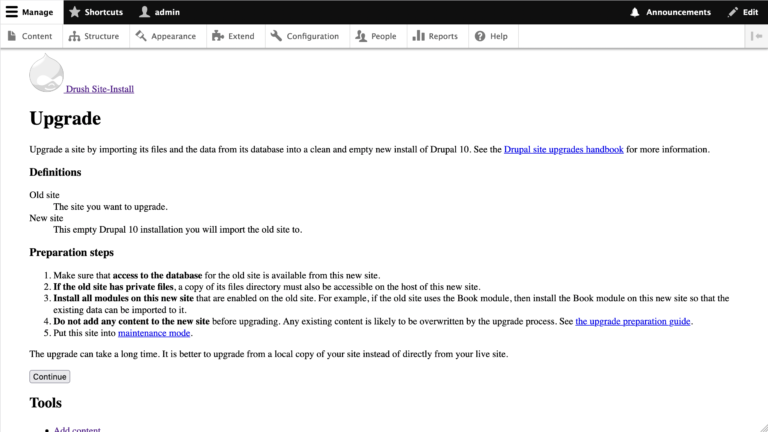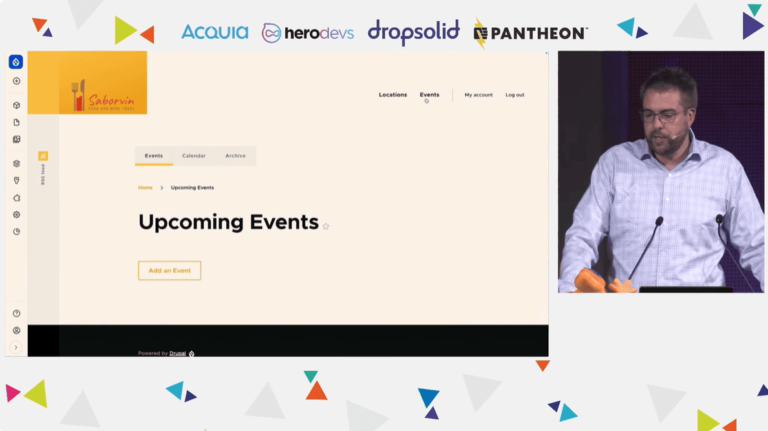
To effectively comprehend an organization’s specific requirements, one must first delve into the intricacies of its operations, as this lays the groundwork for understanding technical specifications. Identifying critical applications and data is paramount: all applications exhibit distinct characteristics and, consequently, varying levels of priority. Some applications are essential to sustaining core business functions; however, others may be deemed less critical. It is vital to ascertain and prioritize systems for recovery based on their significance. For instance, categorizing applications according to their importance (which may include customer databases, email systems, e-commerce platforms, etc.) and comprehending the requisite speed of restoration represents a fundamental approach to achieving this goal.
Assessing Your Business Needs
A robust cloud disaster recovery (DR) architecture depends on several key components: compute, storage and network. Compute refers to the processing power required to execute applications. In a DR scenario, however, it is imperative to guarantee sufficient compute resources are available to accommodate failover. Strategies include maintaining a “pilot light” environment (a minimal setup that can be swiftly scaled), a “warm standby” (a partially operational environment), or a “hot standby” (an entirely replicated production environment). Infrastructure as Code (IaC) can automate provisioning of these resources.
To further augment your disaster recovery (DR) capabilities, consider several advanced methodologies:
Storage, because protecting data is crucial, necessitates consideration of various data replication and backup options provided by cloud services—such as creating snapshots or replicating data across diverse geographic locations. It is essential to choose the appropriate storage tier based on data access needs and cost considerations.
Architecting for disaster recovery in the cloud entails meticulous planning and a holistic approach. By comprehending your needs—using appropriate cloud services—and implementing rigorous security measures, you can devise a disaster recovery (DR) strategy that guarantees business continuity in the face of unforeseen disruptions. However, one must remember that DR constitutes an ongoing process, necessitating regular testing and maintenance to remain effective. Although these security measures are vital, organizations must also safeguard all critical assets within a disaster recovery plan; this encompasses data, applications, infrastructure, configurations, IP retention, employees and brand reputation, thereby ensuring comprehensive business continuity.
Furthermore, defining recovery objectives is of utmost importance, as both Recovery Time Objective (RTO) and Recovery Point Objective (RPO) significantly influence the overall strategy. The RTO denotes the maximum permissible duration for system restoration following a disaster, whereas the RPO indicates the acceptable level of data loss in such an event. These two parameters serve as the foundation for effective disaster recovery planning.
Cloud security is paramount in any DR plan:
Advanced DR Techniques
By Poonam Gorade
Being prepared for disasters is crucial for any company as far as its technology setup is considered to always function in a smooth and efficient manner. By outlining and executing your disaster recovery (DR) plan while routinely checking its effectiveness through testing procedures helps the company minimize the consequences of disasters, keeping the business running seamlessly. It is important to make a note that a well-planned thought-out DR strategy not only protects your vital resources but it also strengthens the company’s ability to handle any unexpected obstacles confidently.
Security Considerations
Moreover, one must thoroughly investigate options offered by cloud providers, because each provider presents a unique array of disaster recovery services. Evaluating their features and limitations is crucial, particularly by considering various factors, such as pricing models, geographical considerations and available tools. Although this process may seem daunting, it is essential for ensuring a robust disaster recovery framework.
Businesses rely on their data and IT systems to shape their strategic objectives and routine operations; however, any disruption to these services can result in significant operational and financial ramifications. This is where Disaster Recovery (DR) becomes pivotal. It represents a methodology for reinstating access and functionality of IT infrastructures following an unexpected breakdown of systems. Although disaster recovery has consistently been paramount, the advent of cloud computing has introduced new avenues, along with its respective challenges. Crafting a robust cloud-based disaster recovery plan is essential for addressing these complexities, because without such a plan, organizations may find themselves vulnerable to unforeseen disruptions.
Testing and Maintenance
A DR plan is only effective if it’s regularly tested and maintained; however, DR Plan Testing requires conducting regular tests to ensure that your plan functions as anticipated. This can encompass a variety of methods (e.g., tabletop exercises and full failover tests). Documentation and Training must remain a priority because keeping your DR plan documentation current is essential and training your staff on their roles and responsibilities during a disaster is crucial. Although these components are vital, some organizations overlook their importance.
• Chaos Engineering (a practice that entails the deliberate induction of failures within a system) serves to evaluate its resilience and pinpoint vulnerabilities in your DR strategy.
• Automated Failover is critical; it reduces downtime through the automation of the failover process (which necessitates continuous monitoring systems) to identify failures and initiate requisite actions for transitioning to your DR environment.
• Multi-cloud DR is essential for achieving optimal resilience, given that it distributes workloads across a myriad of cloud providers. This approach mitigates risks associated with a singular provider outage, however, it also requires comprehensive management and planning to ensure seamless integration and operational continuity.
Network infrastructure must be resilient to ensure connectivity during disasters; this involves utilizing redundant network connections, configuring DNS to redirect traffic and potentially employing Content Delivery Networks (CDNs) to distribute content globally. Although these components are distinct, they interrelate in a manner that enhances overall system robustness.
• Access control: Implementing stringent access controls is imperative to prevent unauthorized access to your DR environment; however, the efficacy of such measures is contingent upon continuous evaluation.
• Data encryption: It is essential to encrypt your data—both in transit and at rest—because this safeguards it from unauthorized intrusion.
• Threat monitoring: Utilizing security monitoring tools is critical to detect and respond to potential threats effectively in your DR environment (although challenges may arise due to evolving threat landscapes).






